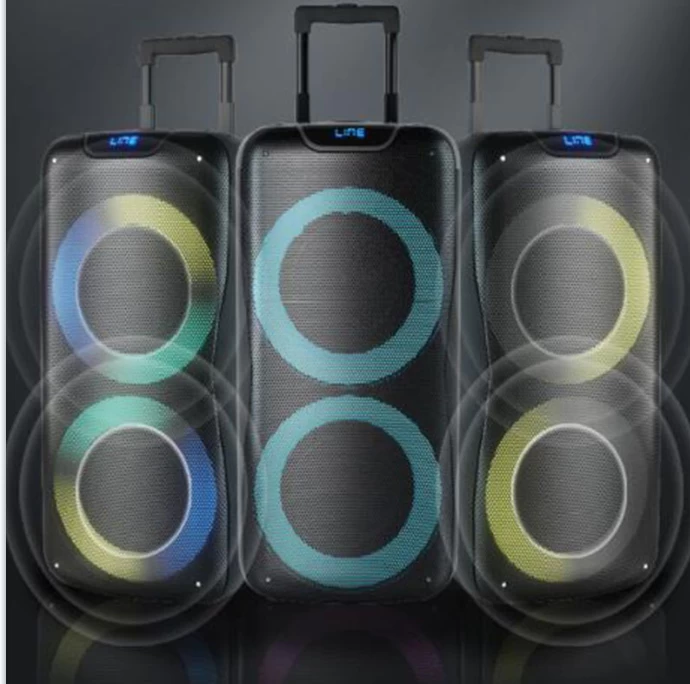How to choose the frequency response range sound good of the Speaker?
This chapter mainly talks about the important parameter of frequency response range. Is the larger the frequency response range the better? Is there anything special to note about this parameter? To what extent and what range is a good sound?
- First understand the definition of frequency response.
The frequency response is also called the response curve, which is used in electronics to describe the difference in the processing ability of an instrument for signals of different frequencies. It refers to the curve of gain versus frequency. Any audio equipment or carrier (an object that records sound signals) Each has its frequency response curve. The frequency response range refers to the frequency range that the audio system can play, that is, from the lowest effective playback frequency to the highest effective playback frequency. Take a full-range speaker with a frequency response range of 80-18000Hz as an example, its lowest playback frequency is 80hz, and its highest playback frequency is 18000hz, then electrical signals within this range can be restored to sound normally, and those beyond this range cannot be reproduced. Converted to sound to be heard by us.
- Frequency response range is an important parameter of speaker.
Because our audio speaker requirements are often divided into three frequency bands: the treble should be clear and crisp, the midrange should be warm and full, and the bass should be shocking and surging. The sound range that can be heard by the human ear is from 20Hz to 20000Hz. Treble and bass, to restore more timbre and details of music and movies, the frequency response range needs to be large enough, close to or even exceed the audible range of the human ear. From this perspective, the larger the frequency response range, the better
Moreover, the frequency response range is wider, and the audio system can handle and convert more electrical signals into sound, avoiding the gradual damage of equipment caused by excessive electrical energy converted into heat.

- The value is very important, but the error is more critical.
The wider the frequency response range, the greater the sound range that can be played back, which is naturally better for the audio system. But just focusing on the frequency range is not enough, the frequency error is also a key value. The smaller the error is, the more accurate the displayed frequency response range will be. If the error is too large (more than 3 decibels), even if the frequency response range is as wide as 20-20kHZ, it will have no practical effect.

4. How much is the actual frequency response range?
Frequency response is a range. The lower the lower limit, the better, preferably not higher than 20Hz; the higher the upper limit, the better, preferably not lower than 20kHz. The lower the decibel value of the frequency response, the lower the distortion of the speaker and the higher the playback performance. On the contrary, the distortion becomes larger and the playback effect becomes worse. In reality, it is better if the treble frequency of the full-range audio can reach 18k-20kHz, and it can better feel the treble details if it reaches 20K or more.
Generaly speaking, the larger the frequency response range, the better the speaker effect. However, we must also pay attention to the error, and the error as small as 3 decibels can achieve better quality.


